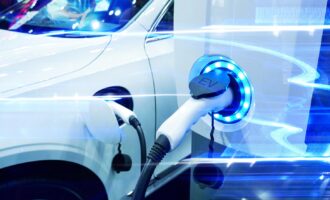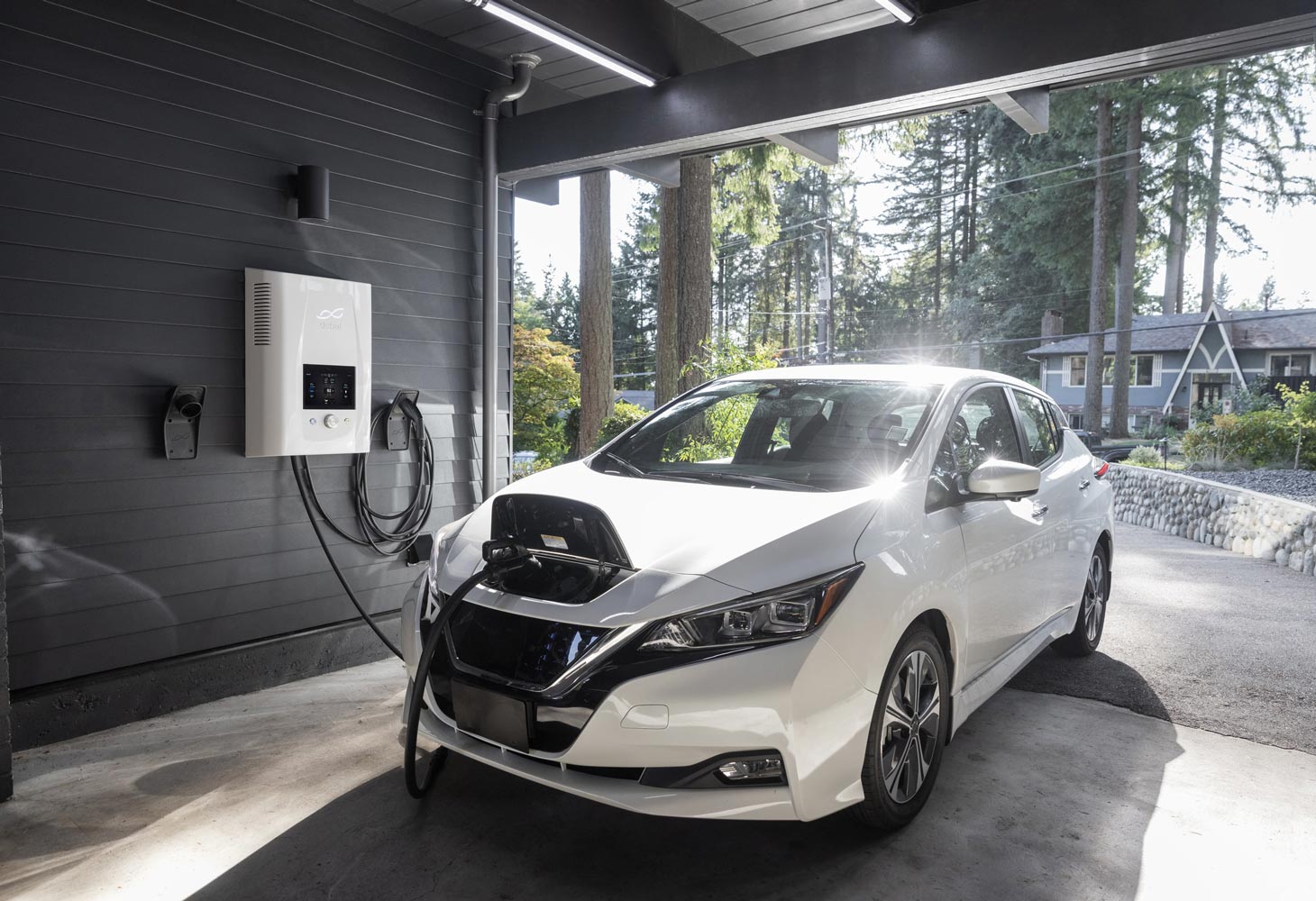
Battery chemistries for EVs are evolving in response to tight supply
The International Energy Agency (IEA) released its Global EV Outlook 2022 in May. The outlook, which identifies and analyses recent developments in electric mobility around the globe, detailed record-breaking growth in electric vehicle (EV) sales in 2021. Sales of EVs doubled year-on-year to a new high of 6.6 million and accounted for 10% of global car sales. The worldwide EV fleet now comprises 16.5 million vehicles. Policy support, including subsidies and incentives, has continued to drive the adoption of EVs despite severe supply chain issues that have hampered the automotive industry since the arrival of the Covid-19 pandemic.
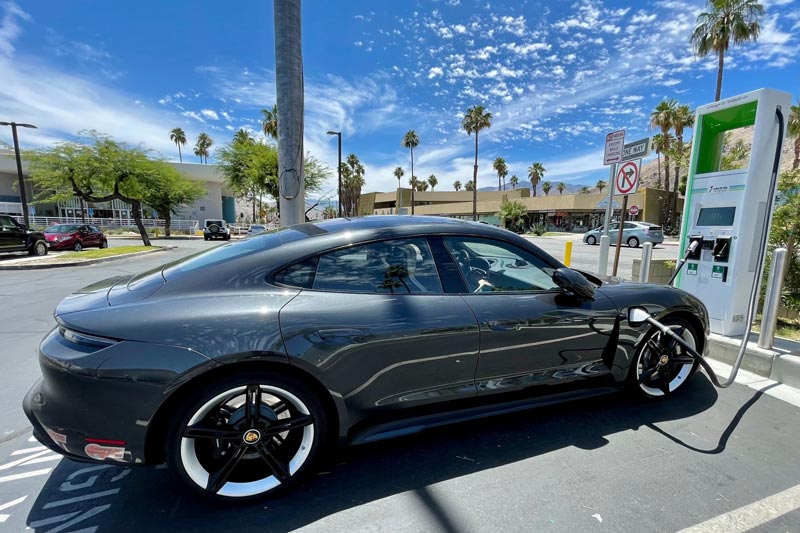
EV sales continue to break records in 2022. In the first quarter, EV sales reached 2 million, a 75% increase compared to the previous year. Automakers are raising their ambition and looking to accelerate electrification plans. In many cases, OEMs are going further than individual government targets or requirements. The number of electric car models has now reached 450, offering wider appeal to consumers.
In Europe, EV sales rose 65% in 2021, to 2.3 million, and the United States arrested two years of declines to post growth of 630,000. China continues to lead the pack, accounting for half of global growth. The outlook emphasised the role of smaller cars in China and lower development and manufacturing costs. A mere 10% difference exists between the sales-weighted median price of EVs and conventional vehicles in China. In other regions, the difference can be up to 45-50%. South Korea maintains the lead in deploying fuel cell electric vehicles (FCEV) with 19,000 vehicles deployed. South Korea and the United States represent in excess of 60% of global FCEV stock.
Despite record global growth, the IEA report emphasised that EV sales are lagging in emerging and developing economies. Fewer than 0.5% of car sales are electric in India, Indonesia and Brazil, the second, fourth and sixth most populous nations in the world. Though, the authors noted positive developments that could signal stronger prospects in emerging markets moving forward.
The outlook explores several pathways to electrify road transport in the period to 2030. The Stated Policies Scenario (STEPS) reflects existing policies and measures from governments around the world. Under STEPS, EVs reach just over 20% of sales in 2030 and a total fleet of 200 million vehicles. In the Announced Pledges Scenario (APS), which considers existing climate-focused policy pledges and announcements, EVs represent more than 30% of vehicles sold globally in 2030 (excluding two- and three-wheelers). Net greenhouse gas emissions are reduced by 580 Mt CO2-eq (million tonnes of carbon dioxide equivalent) on a well-to-wheel basis, compared to the equivalent ICE vehicles, in the APS. Despite the record growth of EVs, the IEA report emphasises that a 60% share of sales is necessary by 2030 to align EV sales with the target of net-zero carbon dioxide emissions by 2050.
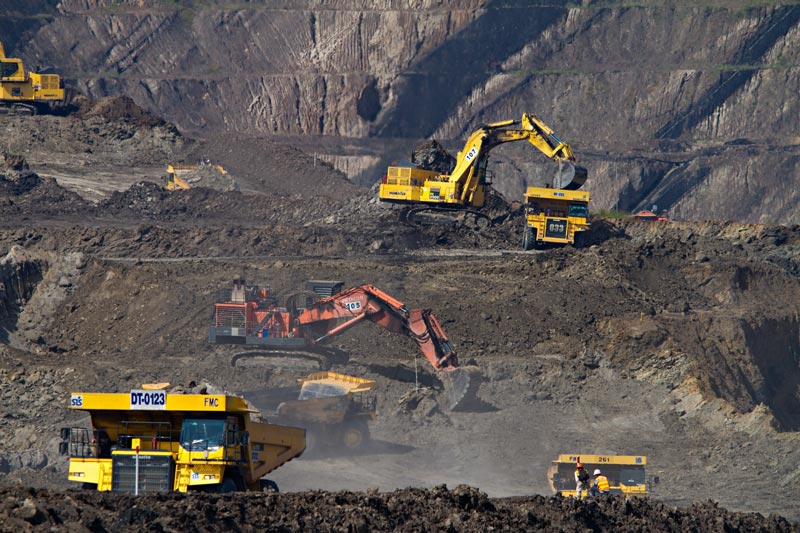
The resilience of battery supply chains has also come under scrutiny alongside a sharp acceleration in the adoption of EVs. Mineral supply is sufficient to satisfy the demand to the end of the 2020s, however, supply constraints are looming, according to the IEA. Lithium supply is of particular concern with APS projecting a sixfold increase in demand to 500 kilotonnes by 2030. Currently, there are no lithium-free chemistries available at scale, although CATL unveiled its first-generation sodium-ion battery in 2021.
In 2022, skyrocketing prices of cobalt, lithium and nickel have created a challenging environment for the EV industry. Lithium was an astonishing seven times higher in May 2022 than at the beginning of 2021, says the IEA. “Unprecedented battery demand and a lack of structural investment in new supply capacity” were cited as key factors in the price rises.
Russia’s invasion of Ukraine in February 2022 has further disrupted global supply chains with the automotive industry heavily impacted. Russia supplies 20% of global high purity nickel, a key mineral in cathodes that can boost a battery’s energy density.
Average battery prices declined 6% in 2021, to USD132 per kilowatt-hour. This compares to the 13% decline of a year earlier. If metal prices remain as high as they were in the first quarter of 2022, we could see a reversal of this downward trend, with the IEA report indicating battery prices could be 15% more expensive than in 2021. Though, the relative competitiveness of EVs would be unaffected due to the current oil price environment. The Outlook also stressed that the war in Ukraine is applying greater focus on the role of EVs in reducing near-term oil demand.
Countries are scrambling to deliver policies that ensure a stable supply of minerals for the EV battery supply chain. To avoid a shortfall in battery metals in 2030, immediate investment is required, suggests the IEA. New mining capacity is particularly important.
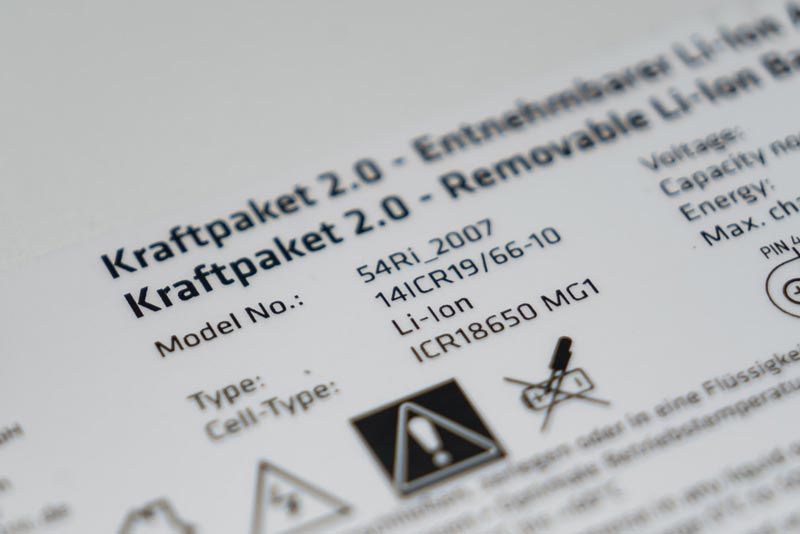
Existing battery supply chains are concentrated around China. China produces three-quarters of all lithium-ion batteries and the bulk of key components—cathodes and anodes. Over half of the processing and refining capacity for lithium, cobalt and graphite is also located in China. Despite accounting for one-quarter of global EV production, Europe’s contribution to the battery supply chain is small, with a 20% cobalt processing capacity the key attribute. The United States has an even smaller role. Irrespective of recent investment, the supply chain is likely to remain dominated by China through 2030, says the IEA report.
The defining feature of batteries is their cathode chemistry. Lithium nickel manganese cobalt oxide (NMC); lithium nickel cobalt aluminium oxide (NCA); and lithium iron phosphate (LFP) are the most relevant categories of cathode chemistry today. Battery chemistries are evolving in response to tight supply, says the IEA, indicating that cathode chemistries could shift towards less mineral-intensive options to reduce pressure on mining and alleviate supply and demand imbalances.
In 2021, nickel-based chemistries (NMC and NCA) dominated the market, accounting for 85% of EV battery demand, due to their advantages in energy density and driving range. However, The outlook suggests LFP is making a comeback in response to high battery metal prices. LFP contains no cobalt or nickel, instead utilising low-cost iron and phosphorous. LFP demand doubled to 15% in 2021, driven primarily by its suitability for use in shorter-range vehicles in China.
A recent innovation of cell-to-pack (CTP) technology can reduce deadweight and improve the energy density of LFP batteries. The outlook suggests LFP is likely to surge globally. Both Tesla and Volkswagen have announced the use of LFP in entry-level high volume EV models, with over half of Tesla EVs produced in Q1 2022 using LFP. Europe and the U.S. are planning further investment in LFP battery production to meet anticipated demand, according to the IEA.
The outlook also noted that innovation in new chemistries, such as manganese-rich cathodes or even sodium-ion, could also reduce pressure on mining. Recycling’s contribution to moderating mineral demand will become critical after 2030.
More needs to be done to support charging infrastructure and heavy-duty electric vehicles, says the IEA. Publicly available EV charging points were up by 37% in 2021, to almost 1.8 million, a third of which were fast chargers. However, the growth rate was slower than in 2020 and pre-pandemic. The ratio of electric light-duty vehicles per charger also varies significantly by country. China continues to lead the pack in the rollout of charging infrastructure.
Charging at home and workplaces are likely to supply much of the demand. However, the IEA report cited concerns charging infrastructure may be insufficient to power the size of the EV market being targeted. In the APS, 15 million public chargers are required in 2030, a nine-fold increase. The market value of electricity for EV charging in this scenario is projected at approximately USD190 billion by 2030, one-tenth of today’s diesel and gasoline market value.






